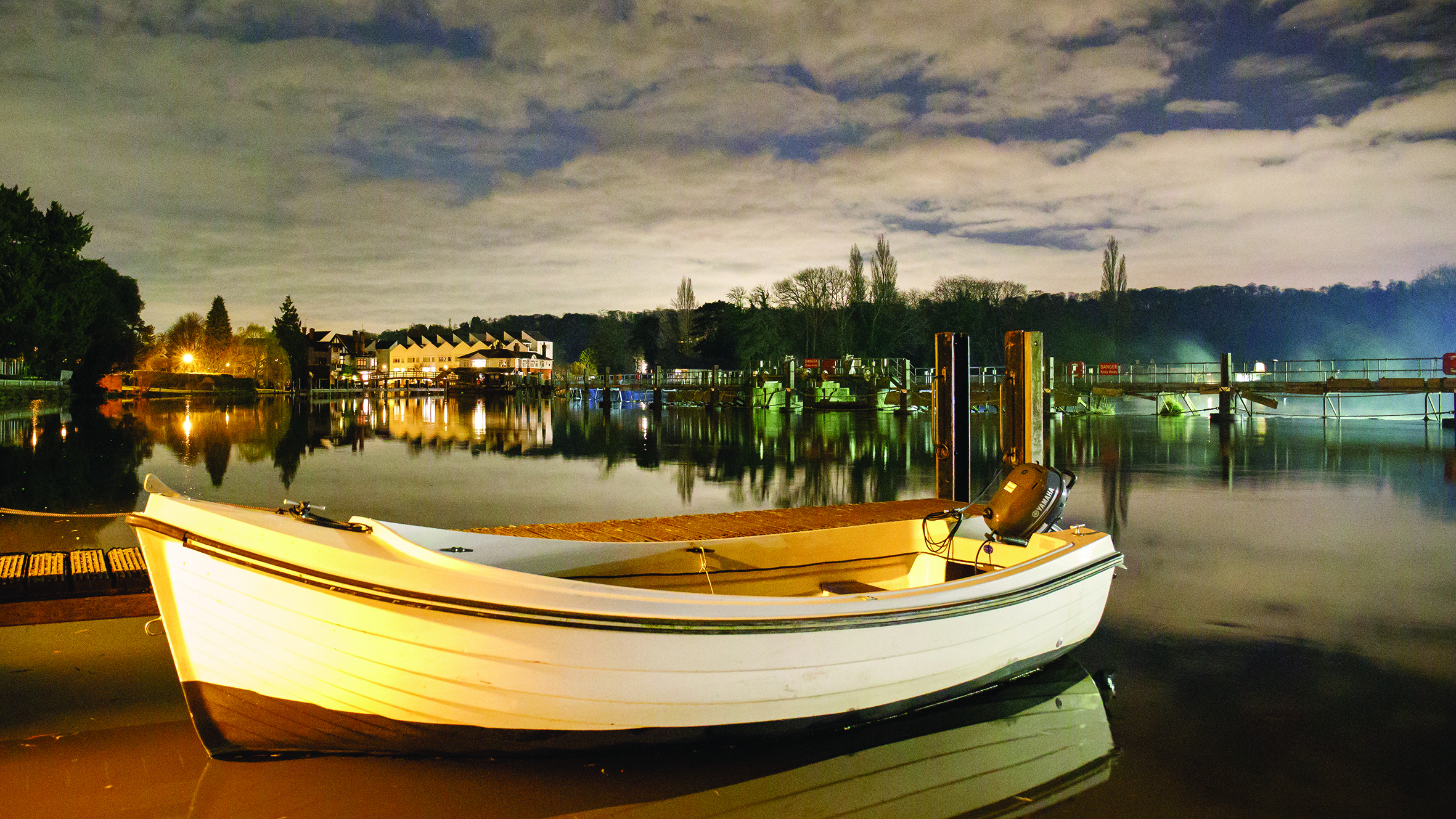The art of noise: How to shoot in poor lighting with your Canon camera
Our resident Canon expert Brian Worley runs through how to get the best results in low-light situations with high ISO settings

I am going to start with my view that, in most cases, a noisy image with a sharp subject is better than a blurry one with less noise. I will happily raise the ISO on my camera to ensure I get a sharp result, but I meet so many photographers who seem to worry whenever they need to use ISO800 or more.
Digital noise is more prevalent in darker parts of the image, as it’s these parts that have minimal light levels in the pixels, so to increase the sensitivity the noise gets amplified. Brighter parts of the same shot at the same ISO show less noise, as the signal-to-noise ratio is better.
Of course, a more modern Canon camera is improved from older ones. Over time the camera hardware, processor and tools have improved to make better results from noisy files. It’s remarkable what you can do now compared to a camera from 2010.
Long exposures have their own different kinds of noise, the sensor generates a repeatable pattern of noise due to temperature and individual characteristics. Knowing this, the cameras can be set for long exposure noise reduction, which starts with exposures longer than one second. After your picture is captured, the camera makes a second exposure with the shutter curtains closed, this black frame is in effect a map of the noise, and it can be ‘subtracted’ from the photograph for cleaner results.
High ISO noise reduction
High ISO noise reduction takes a few different approaches. In-camera the standard settings reduce noise but do sacrifice a little of the fine details. It may be fine for JPEG images, but you can usually get much better results by shooting Raw and working with the software tools later. Some cameras feature multi-shot noise reduction for JPEGs, this takes a series of four shots and then aggregates the result.
For static subjects multi-shot noise reduction works well, retaining the detail and reducing noise. Remember that high ISO noise reduction is not applied to Raw images at all – Digital Photo Professional will read the setting from the camera which is inside the Raw file, but other Raw processing tools in the best photo editing software completely ignore it. You’ll need to manipulate the sliders yourself.
Fortunately, the brightest parts of photos are where we are normally drawn to, if there’s only a little light when you take the shot, make sure it’s on your key subject.
The best camera deals, reviews, product advice, and unmissable photography news, direct to your inbox!
PhotoPlus: The Canon Magazine is the world's only monthly newsstand title that's 100% devoted to Canon, so you can be sure the magazine is completely relevant to your system. Every issue comes with downloadable video tutorials too.
You might also like the best Canon lenses and the Canon EOS R10 review.
Brian is a freelance photographer and photo tutor, based in Oxfordshire. He has unrivaled EOS DSLR knowledge, after working for Canon for over 15 years, and is on hand to answer all the EOS and photographic queries in Canon-centric magazine PhotoPlus.



